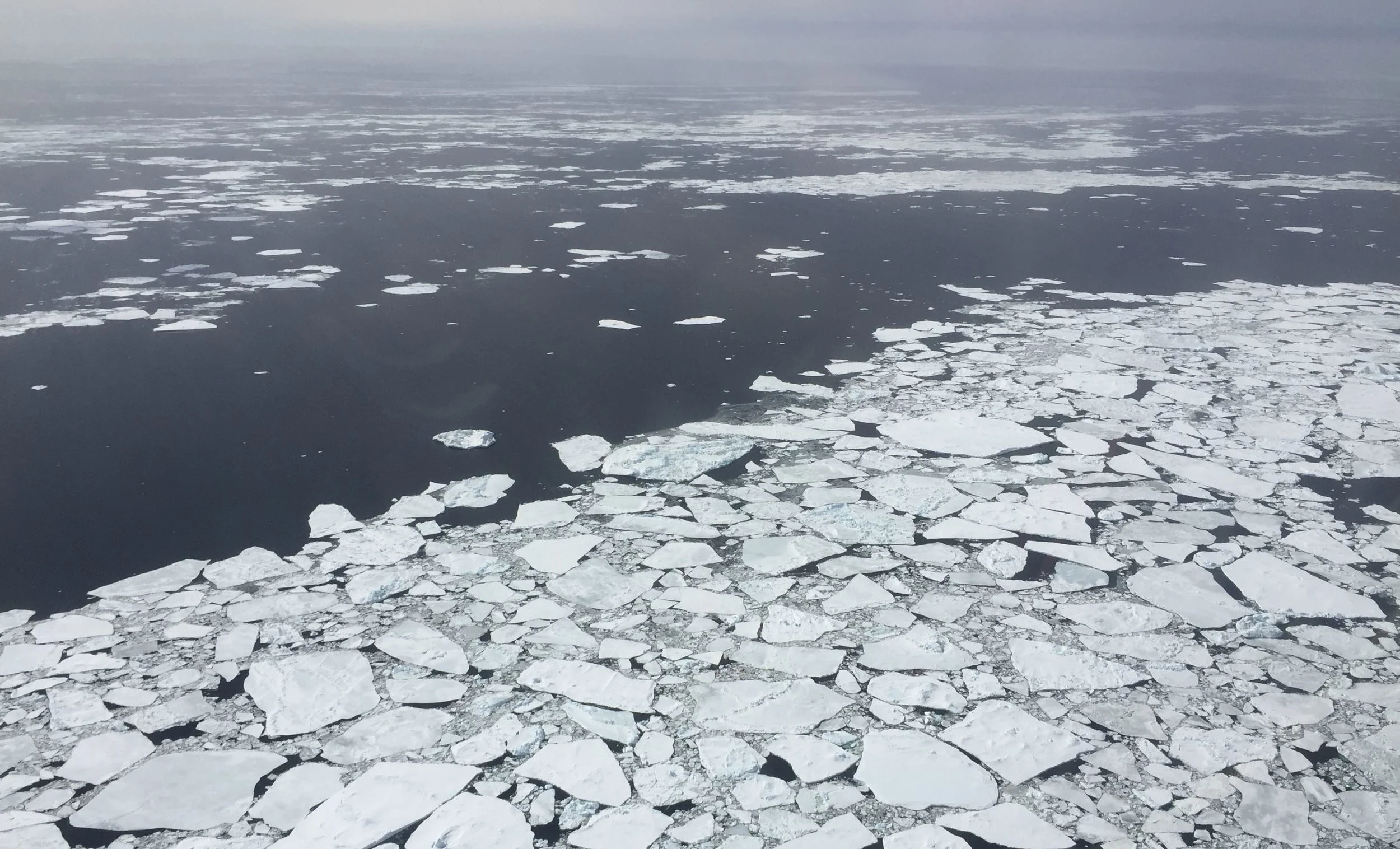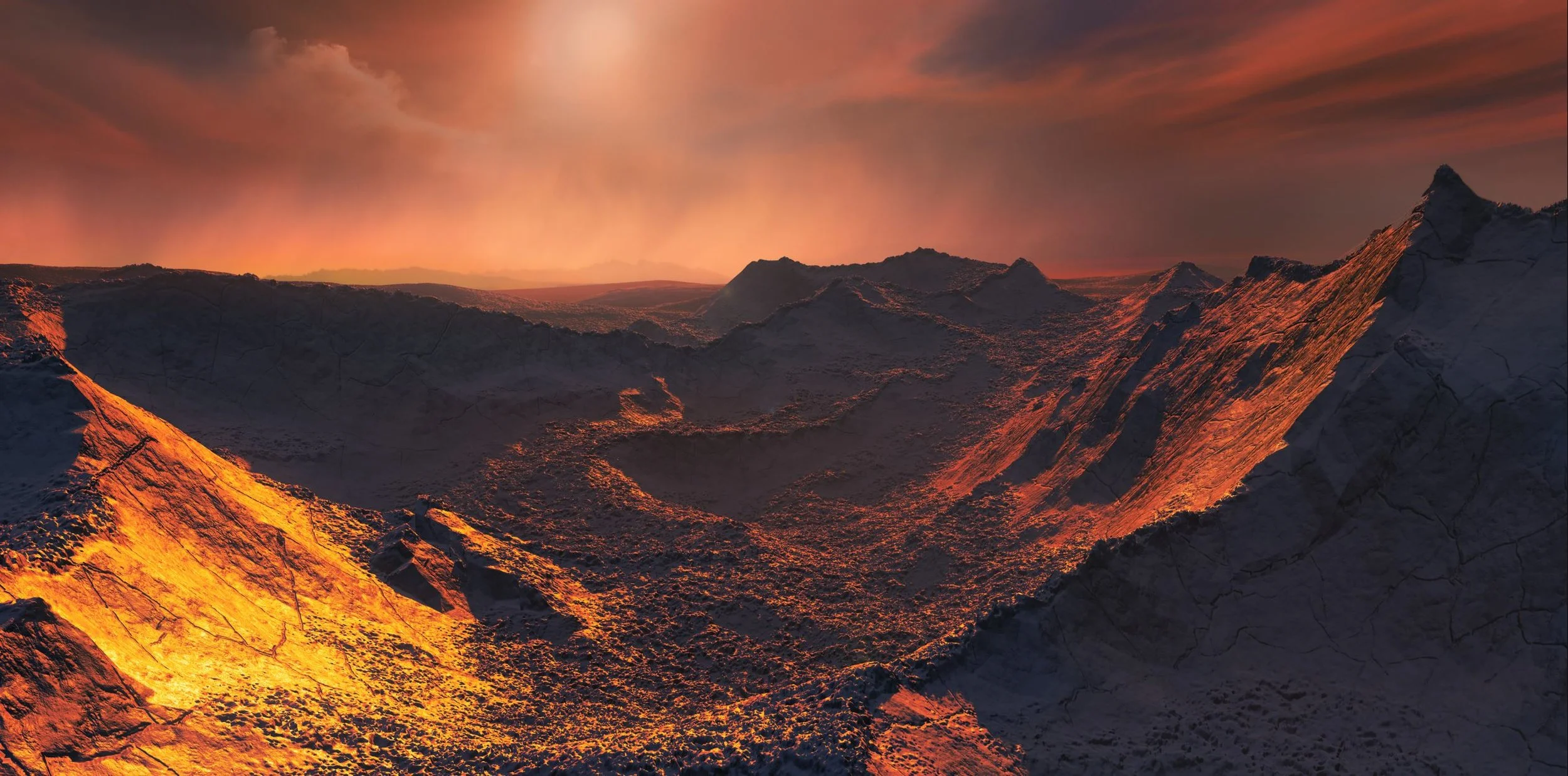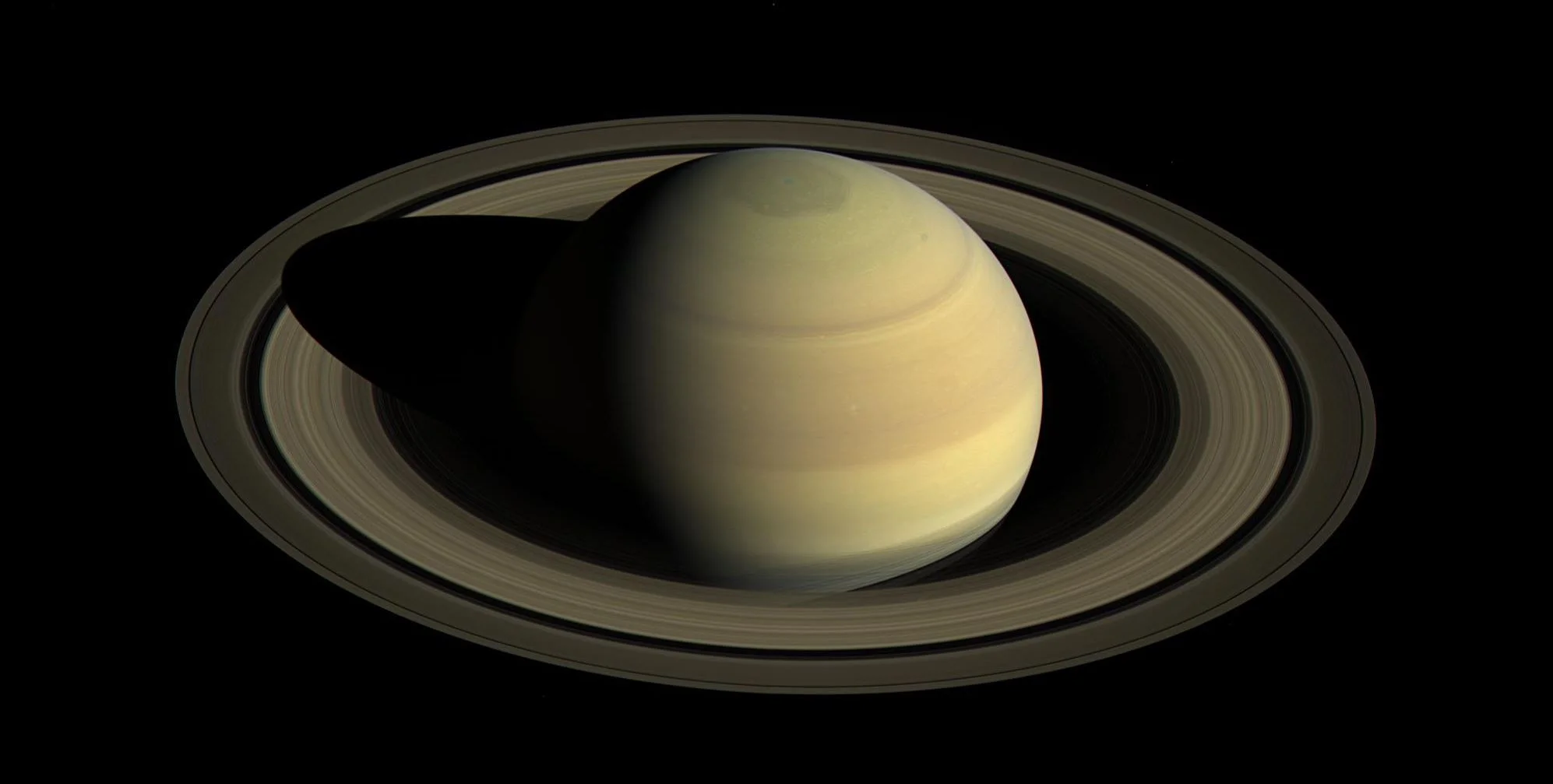Whether waiting for a bus, playing outside or walking the dog – during the colder winter season, everyone is looking for ways to stay warm. Luckily, the process your body uses to break down foods serves as an internal heater.
Why Antarctica’s sea ice cover is so low (and no, it’s not just about climate change)
Geothermal Heating Could Make Life Possible on the Super Earth Planet at Barnard’s Star
In 2018, scientists announced the discovery of a extra-solar planet orbiting Barnard’s star, an M-type (red dwarf) that is just 6 light years away. Using the Radial Velocity method, the research team responsible for the discovery determined that this exoplanet (Barnard’s Star b) was at least 3.2 times as massive as Earth and experienced average surface temperatures of about -170 °C (-274 °F) – making it both a “Super-Earth” and “ice planet”.
These brain cells make pain feel so bad
Can genetic engineering save disappearing forests?
Scientists Finally Know What Time It Is on Saturn
Using new data from NASA's Cassini spacecraft, researchers believe they have solved a longstanding mystery of solar system science: the length of a day on Saturn. It's 10 hours, 33 minutes and 38 seconds. The figure has eluded planetary scientists for decades, because the gas giant has no solid surface with landmarks to track as it rotates, and it has an unusual magnetic field that hides the planet's rotation rate. The answer, it turned out, was hidden in the rings.
NASA’s Campaign to Return to the Moon with Global Partners
The Moon is a fundamental part of Earth’s past and future - an off-world location that may hold valuable resources to support space activity and scientific treasures that may tell us more about our own planet. Americans first walked on its surface almost 50 years ago, but the next wave of lunar exploration will be fundamentally different.
Environmentally friendlier meat might be possible with the help of duckweed
A teen scientist helped me discover tons of golf balls polluting the ocean
Seeding the Milky Way with Life Using Genesis Missions
When exploring other planets and celestial bodies, NASA missions are required to abide by the practice known as “planetary protection“. This practice states that measures must be taken during the designing of a mission to ensure that biological contamination of both the planet/body being explored and Earth (in the case of sample-return missions) are prevented.
CERN is Planning to Build a Much, Much Larger Particle Collider. – here’s what it could discover
The Large Hadron Collider (LHC) at CERN is the most powerful particle accelerator in the world. During its ten years of operations it has led to remarkable discoveries, including the long sought-after Higgs boson. On January 15, an international team of physicists unveiled the concept design for a new particle accelerator that would dwarf the LHC.
Coffee: 60% of wild species are at risk of extinction due to climate change
Is your morning coffee an espresso or a skinny latte? Is it from a darkly roasted French or Italian blend? If it’s a high quality brew, it’s almost certainly made with beans from the Arabica species (Coffea arabica), which is known for its finer flavours. Examples would be Javan coffees, Ethiopian sidamo, and the expensive Jamaican blue mountain.
How to feed a growing population healthy food without ruining the planet
Titan’s Thick Clouds Obscure our View, but Cassini Took these Images in Infrared, Showing the Moon’s Surface Features
Saturn’s moon Titan is a very strange place. It’s surrounded by a dense, opaque atmosphere, the only moon in the solar system with an atmosphere to speak of. It has lakes of liquid methane on its surface, maybe some cryovolcanoes, and some scientists speculate that it could support a form of life. Very weird life.
A New Technique to Figure Out How Old Stars Are
Our understanding of the universe, and of the Milky Way, is built on an edifice of individual pieces of knowledge, all related to each other. But each of those pieces is only so accurate. The more accurate we can make one of the pieces of knowledge, the more accurate our understanding of the whole thing is.
The global race for groundwater speeds up to feed agriculture’s growing needs
Bizarre Double Star System Flipped its Planetary Disk on its Side
Astronomers theorize that when our Sun was still young, it was surrounded by a disc of dust and gas from which the planets eventually formed. It is further theorized that the majority of stars in our Universe are initially surrounded in this way by a “protoplanetary disk“, and that in roughly 30% of cases, these disks will go on to become a planet or system of planets.
For the first time ever scientists succeeded to grow plants on the Moon
Hubble sees the brightest quasar in the early Universe
The NASA/ESA Hubble Space Telescope has discovered the brightest quasar ever seen in the early Universe. After 20 years of searching, astronomers have identified the ancient quasar with the help of strong gravitational lensing. This unique object provides an insight into the birth of galaxies when the Universe was less than a billion years old.




















